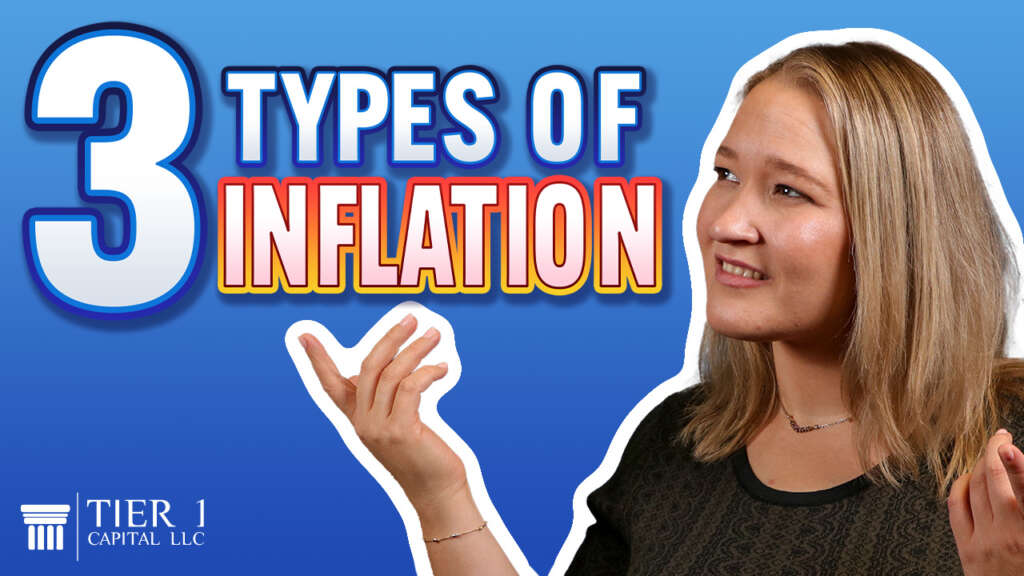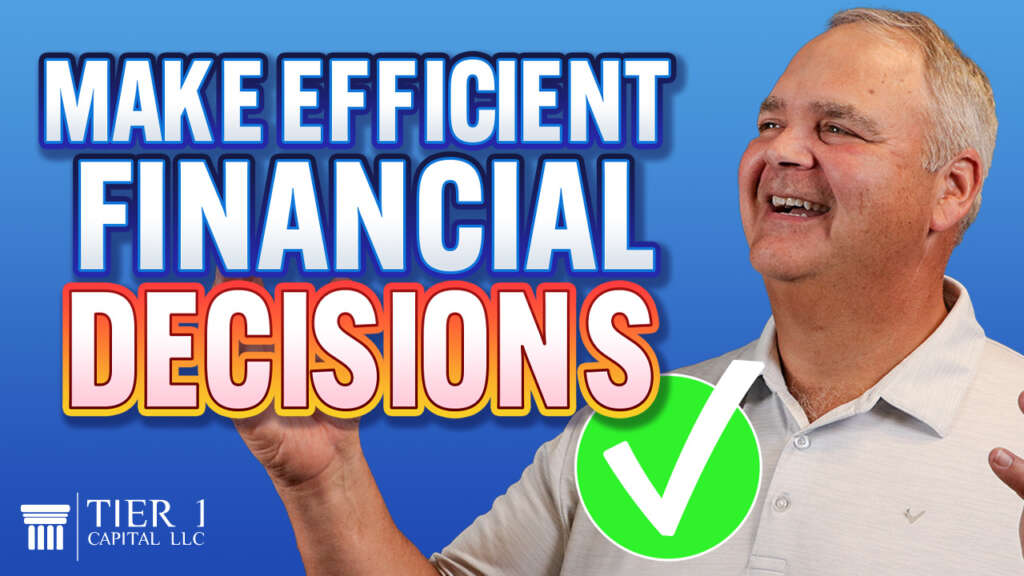
Have you noticed it costs a lot more simply to exist these days? They call inflation the stealth tax because it’s not written in the tax code, but it affects every single one of us. So what impacts inflation?
First and foremost, it has to be the amount of money in circulation. The Federal Reserve, which is not part of the federal government, defines M2 money supply as the amount of money in circulation, plus money set aside in retirement accounts.
So why does that matter? Well, 20 years ago, the M2 money supply was $4.9 trillion. 20 years later, it stood at over $21 trillion. In 20 years, it grew by 400%. The reason that impacts inflation is that you have more dollars chasing the same amount of goods and services. That increases the price of those goods and services.
So basically, as the government is digitally printing more and more money, the value of that dollar is going down every single time. And what’s happening is, as the government’s trying to decrease inflation, they’re putting a squeeze on that money supply, taking money out of circulation to try to bring inflation back down to a reasonable rate of what they define as 2%.
But what impact does that have on us as consumers, whether we’re a family or a business? Well, we’re fighting to buy the same goods and services with a pre-inflation cash flow in many cases, it could cause a severe cashflow pinch in your economic system. Our money has less buying power, meaning we’re buying fewer goods and services with the same dollars. That’s called the depreciation of the dollar.
One of the most recent pinches that we felt is with homeowners insurance because it only comes around once a year. But all of the costs of labor and materials have gone up so much that the cost of insurance for your home has also increased because it’s not locked in.
Here’s another thing that impacts our finances. 20 years ago, the federal debt stood at $5.6 trillion. Today, it’s over $32 trillion. In five years, it’s projected to be over $40 trillion.
Have you guys ever checked out nationaldebtclock.org? It’s kind of freaky.
Although the national debt is projected to increase by 70% in the next five years, the amount of taxpayers is only projected to increase by 8%. Where is the government going to get the tax dollars to pay for everything? And what impact will that have on our ability to live our lives and save for the future?
This is why it’s important to pay taxes on our dollars now and pay debt on our income now, rather than postponing it into the unknown future. Because the government has obligations and they’re going to have to pay for those obligations, but they’re not our obligations. By paying taxes on our income now, we’re not postponing that into the unknown future and taking it one step further and saving in a place that’s sheltered from taxes, where we pay taxes on the money once and then never have to pay a second time, is imperative to our financial security going forward.
Wouldn’t the best way to make your money last longer be to reduce or eliminate the taxes that you’re going to have to pay in the future? This is why it’s important to make your money more efficient. And again, one of the things that you can do is to shelter your money from taxes, but also do it in a way that you have access to that money. So you’re not deferring the tax, or kicking the can down the road, you’re sheltering the money. That’s a big difference.
If you’d like to learn about how we put this process to work for our clients so that you’re able to keep the money in your family and your business and out of the government’s checkbook.
Check out our free web course, The Four Steps to Financial Freedom that details exactly how we put this process to work. Or, if you’re ready to get started, feel free to schedule your free strategy session today.
And remember, it’s not how much money you make, it’s how much money you keep that really matters.



















